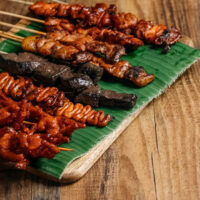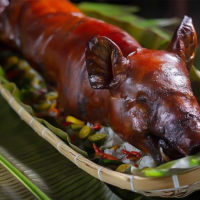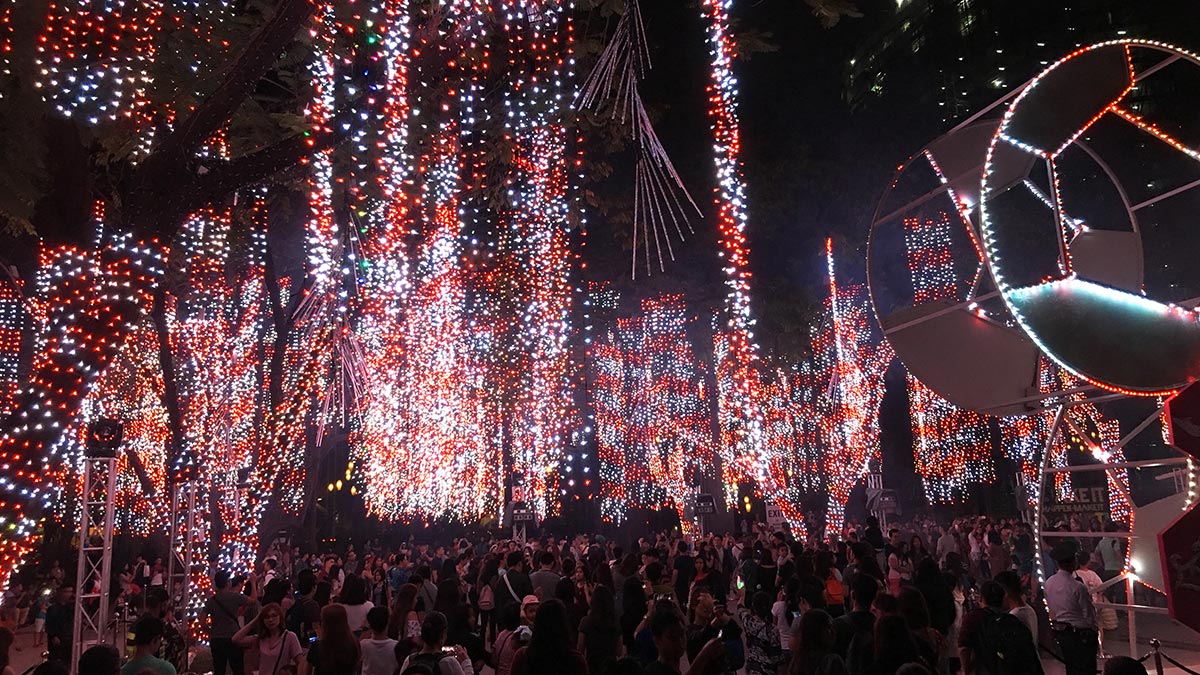
In the Philippines, As early as September, the spirit of Christmas trickles in with sprinkles of wonder and good cheers in malls, homes, schools, and many public spaces. Colorful lanterns and sparkly ornaments with the smell of tinsel and good tidings are displayed in shops, while some homes start to make space for their reusable Christmas tree.
Familiar carols travel through the air in vibrant neighborhoods, winding subtle excitement among listeners. Over on the web, a gentle giddiness begins with every amusing Christmas meme and glittering Christmas GIF shared through private messages or directly on one’s news feed.
The Christmas season often evokes images of winter, so when the first snow falls in countries that experience winter, they feel the Holiday season starts. However, in the Philippines, a tropical country, Christmas is associated with the “ber months,” a term coined to connote the latter months of the year. Once the date falls on the first of September, the Christmas season begins throughout the country, garnering its title of having the longest Christmas celebration globally.
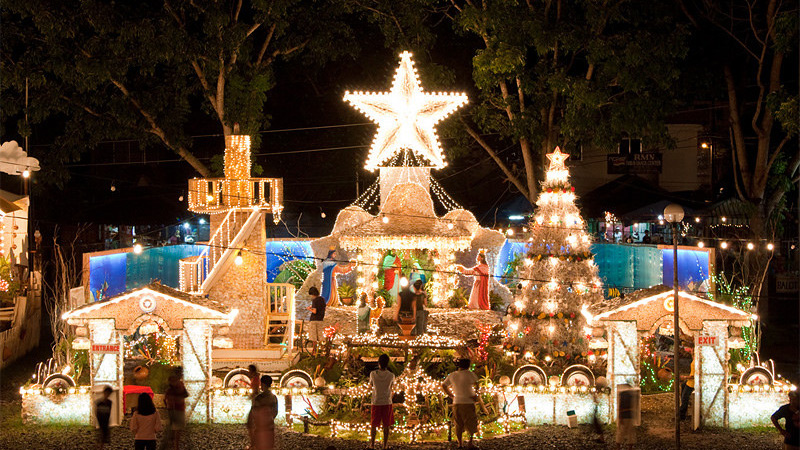
You would think the festive Christmas spirit of Filipinos only lasts until the end of December. But really, decorations do not come off until January. For some, it stays through the first week of February before Valentine’s Day. This tradition has been ingrained in Filipinos for so long that no one truly questions why they do it. But, one can’t help but wonder why Filipinos celebrate Christmas that long.
Faithful Traditions
The spirit of anticipation of Filipinos for Christmas may be rooted in the Christian tradition. As a predominantly Christian nation, with more than 80% of its people identifying as Catholics, the season draws people to the church.
A season of nine novena masses called Simbang Gabi is held at various times from night to dawn to anticipate Christmas. It is a unique Filipino tradition practiced since the 17th-century Spanish colonization period. The Simbang Gabi tradition is also associated with eating puto-bumbong, a rice cake delicacy in the Philippines exclusively sold outside churches during the Simbang Gabi period. It is customary to be treated with the warm and freshly-made aroma of the delicacy from make-shift stalls outside the church after mass.
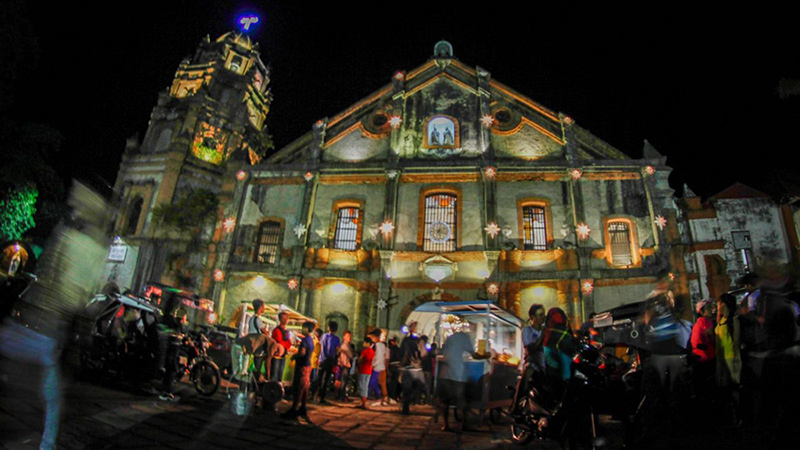
Symbolic of Philippine Christmas, hanging star-shaped lanterns, known as parols, are inspired by the Star of Bethlehem that guided three magi on their journey to find the newborn king. Furthermore, before secularized symbols like the Christmas tree and Santa Clause arrived in the Philippines, houses and churches displayed the Belen – a scene of the Nativity of Jesus. And many still do.
All these customs and representations with significant religious ties are staples in the traditional Filipino Christmas. Within the same sphere, the season inspires a time of soulful reflection through forgiveness, letting go, and material decluttering to welcome the New Year with new hope and fresh beginnings.
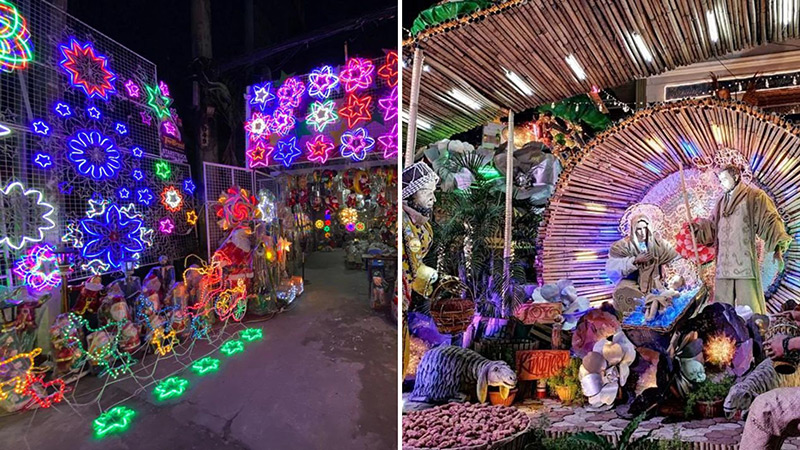
Wrapped up in Merriment
Filipinos are generally a vibrant bunch who loves celebrating fiestas and hosting feasts. With Christmas signaling a break from work and studies, people gather with friends and family to have fun. It’s the season for parties, catch-ups, and reunions. Mostly, these gatherings mean delicious homemade or pre-ordered dishes, karaoke, games, and gift swapping.
Gift-giving is a big part of Christmas in the Philippines and worldwide. Scouting for gifts starts early for many people to beat the holiday rush, and business owners take advantage of this period to meet the high demand. Remittances from overseas Filipino Workers also increase during this season, and balikbayan boxes are sent a few months before December to ensure it arrives on time.
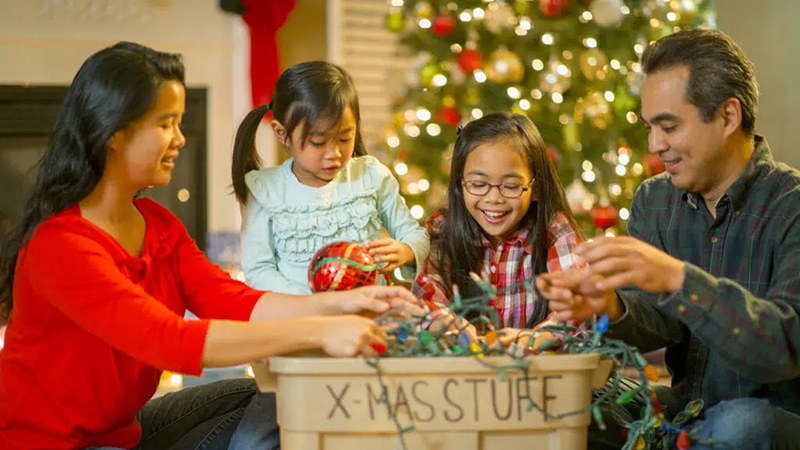
Additionally, with the continued proliferation of restaurants, malls, and online shopping platforms, commercialization befalls. Thanks to company gratuities and the mandatory 13th month, people are prepared to spend for the joy of their loved ones.
Christmas is Home
While parties abound in January, in the end, Christmas means spending time with family. It’s a call to return to the people who mean the most. Many Filipinos away from their hometown long for the warmth of their kin, so they spend the hard-earned money they set aside to buy a plane ticket home, even for just a few weeks.
During the Holiday break, families opt to take trips or do leisurely activities like watching light shows, going out of town, eating out, or taking photos with Christmas decorations. Overall, Christmas is about returning to the familiar glow of loved ones under one roof, exchanging gifts and conversations, and relishing in a well-prepared dinner feast by Noche Buena.
Related Article: 10 Classic Filipino Noche Buena Food and Drinks
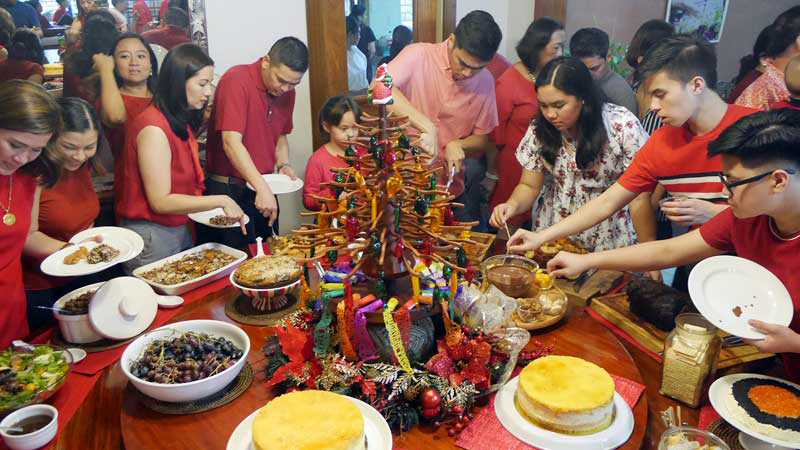
There’s a lot of practical planning involved in this joyous season, and the ber-months give bountiful time for all the excitement. But perhaps Christmas is celebrated long in the Philippines because no other holiday resonates more with the Filipino’s collective spirit than Christmas. A pundit’s five F’s come to mind concerning the Filipino psyche: fun, food, friends, faith, and family. These five aspects reflect what Christmas ultimately wants us to celebrate and receive: joy, hope, and love – as we bring ourselves back to the people and places that matter.
–
Featured Image: Julie McCarthy/NPR


